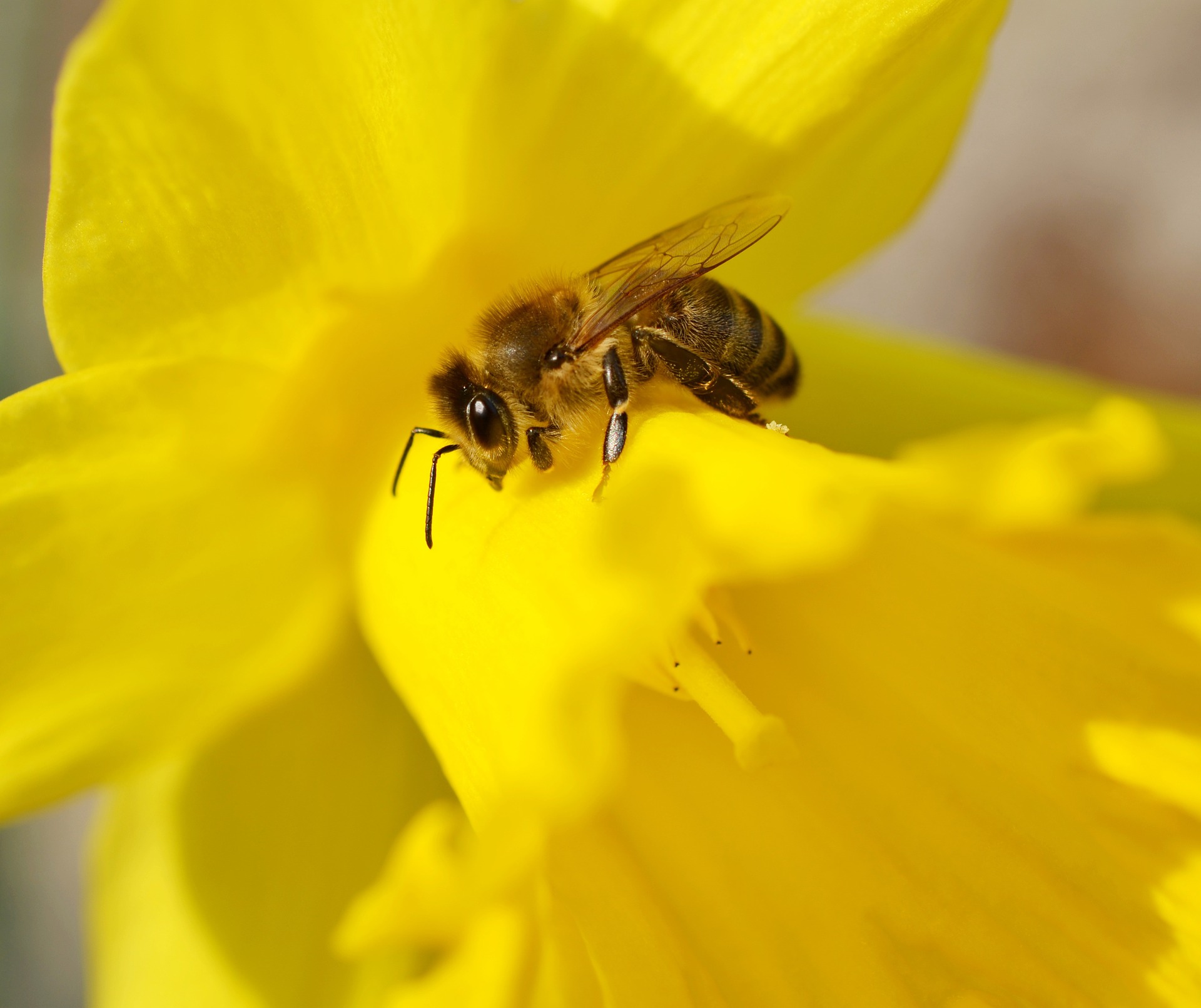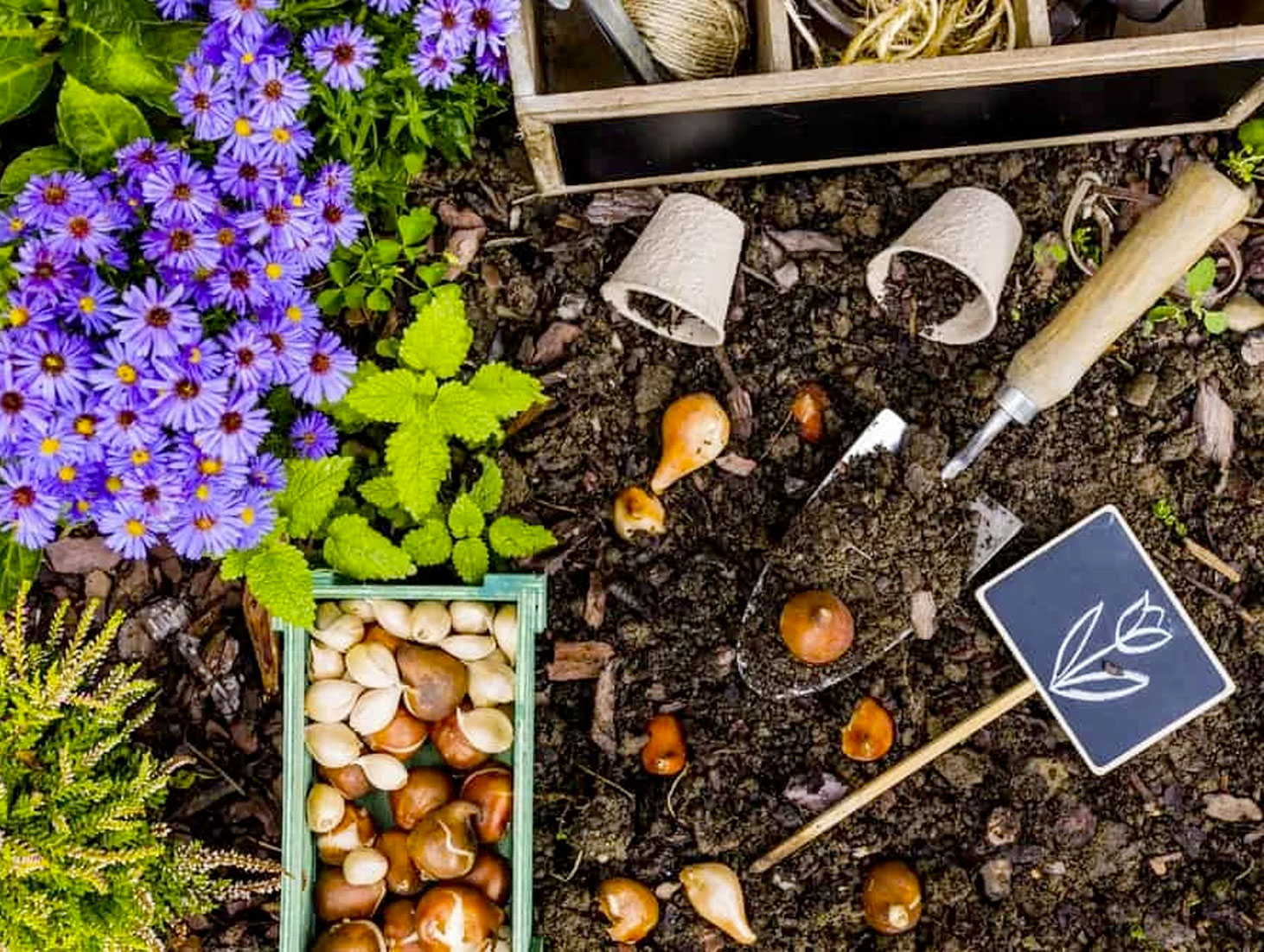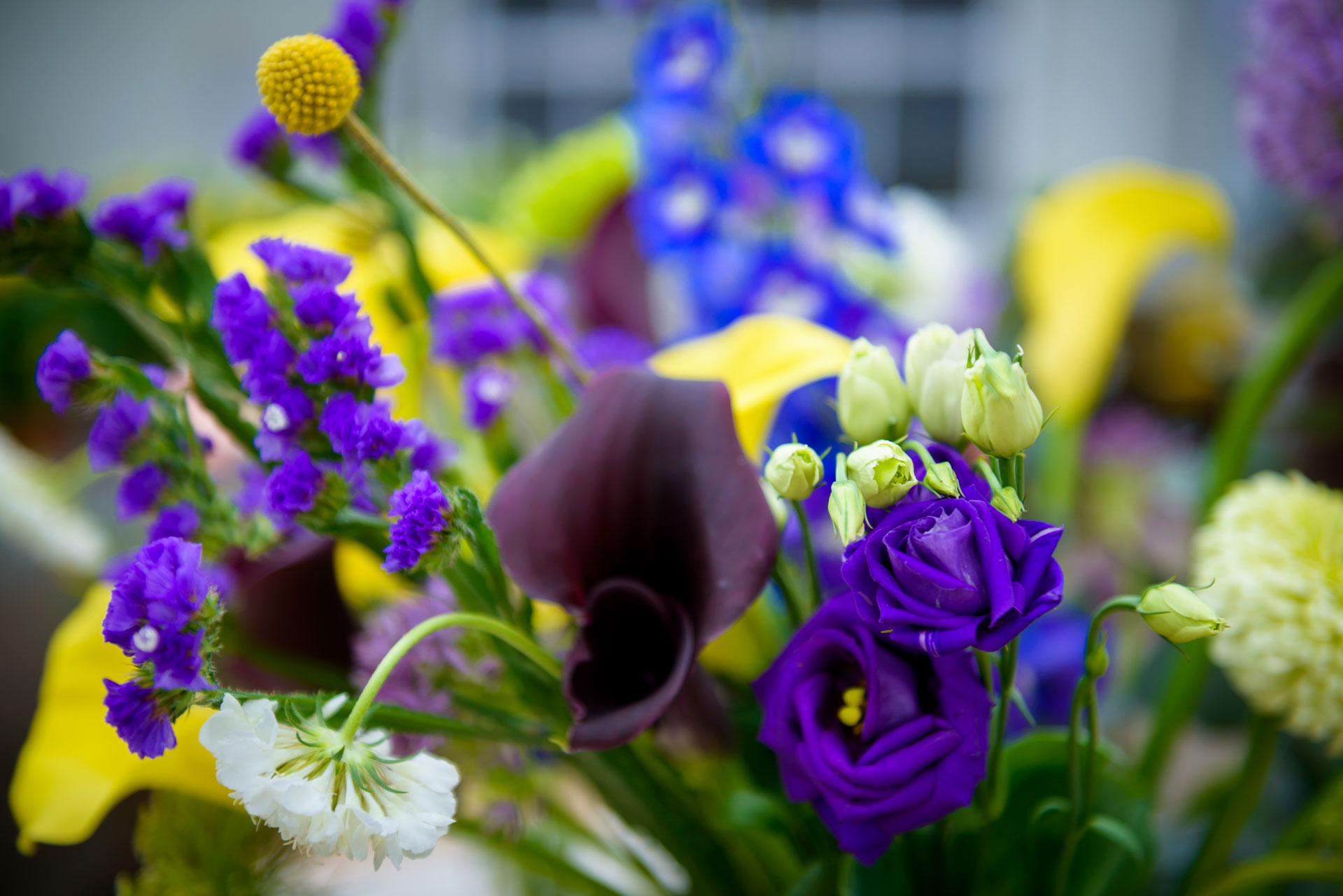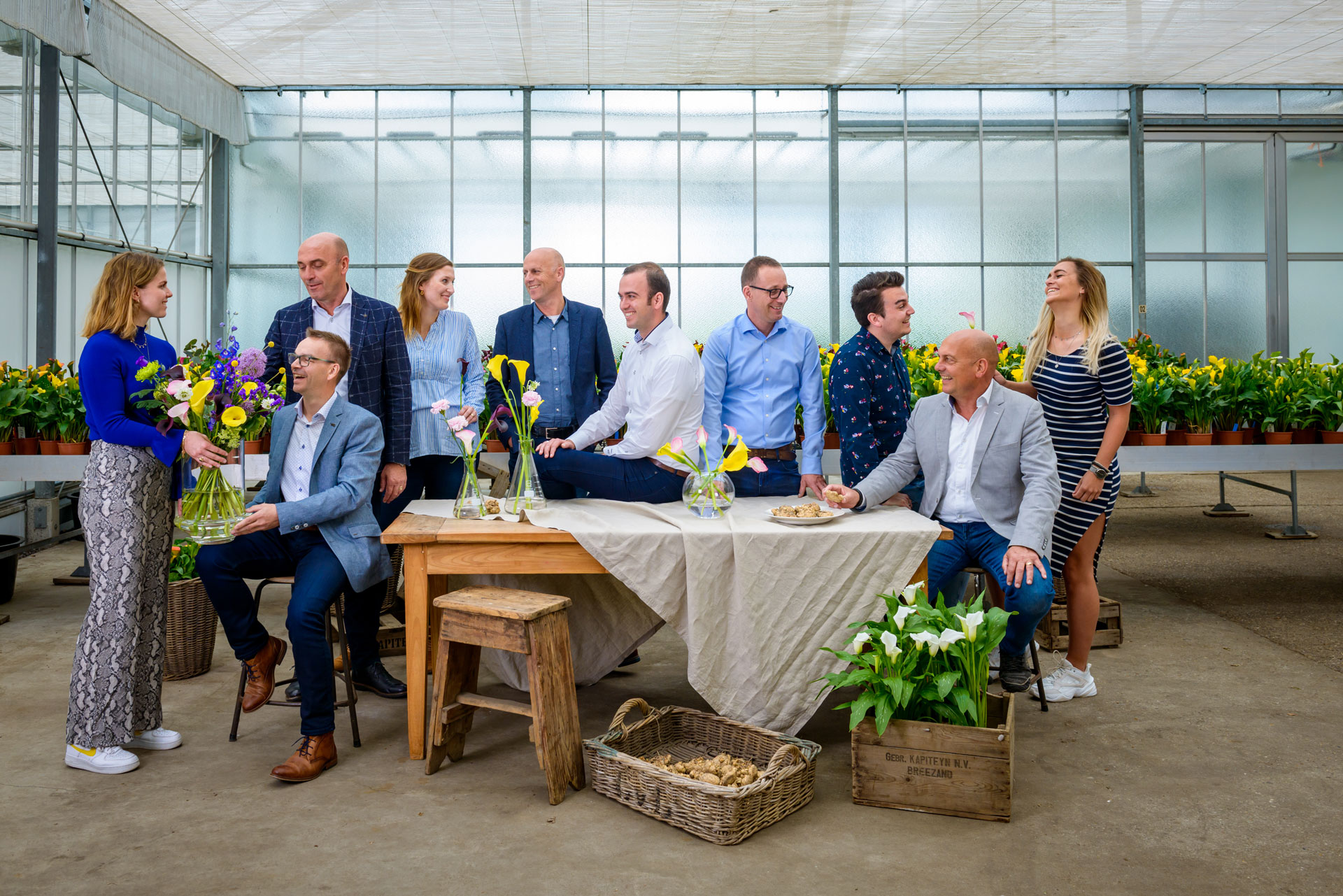Eco-Friendly Mixes
Discover the eco-friendly mixes and go for biodiversity.
Discover the eco-friendly mixes and go for biodiversity.

Sustainability is important for both indoor and outdoor space and we all strive for a garden with great biodiversity. The ultimate gardening trend involves turning your green oasis into a mini-biotope where plants and animals can live and grow in harmony. Which plants reinforce each other and how can you create your own biotope? We are happy to help you with this!
Our eco-friendly mixes contain great combinations that will attract wildlife to your garden. Both bees & butterflies are vital to plants as they are the pollinators that help plants reproduce. They pollinate all sorts of plants, flowers, fruit, and vegetables, as well as being fascinating to watch in the garden.
Planting flower bulbs for more biodiversity!
Insects cannot survive without nectar and pollen. Flowers produce these two crucial substances. By planting bulbous flowers in our gardens and on our terraces and balconies, we can help insects find enough nectar and pollen.
Insects like bees and butterflies need nectar and pollen to survive. But in early spring, there is not enough nectar and pollen to go around. This is because very little of the scarce greenery that is left is in bloom. But did you know that there are early-flowering bulbous plants that, compared with other garden plants, produce a lot of nectar and pollen?
Due to the shortage of pollen and nectar, the insect population is shrinking in variety and in quantity. If everyone who has a garden, terrace or balcony takes action, we can all contribute to preventing this reduction. So why not join in and plant some spring-flowering bulbous plants for more flowers for these important little creatures?


Where to Plant: On all occasions you want an area that offers good drainage. If you live in zones 3 to 8, you can plant in either full or partial sun. If you live in a zone warmer than 8, it is not recommended to plant Tulip or Narcissus bulbs, but if you do, you should plant in shade.
How to Plant: Individual bulbs can be spaced like eggs in a carton, just a little bit wider. Generally, you want to plant them about four inches deep.
When to Plant: Usually the time to plant for Tulip or Narcissus bulbs is from November to December, but if you live in a warmer climate – zones 9 to 10 – you should wait until colder January temperatures.
For more detailed planting and growing instructions click here.
Our top-quality pure flower bulbs are picked from our fields in the Netherlands and packed in environment-friendly and attractive gift boxes. If you are not fully satisfied with your bulbs for any reason, simply contact us for a full refund. To ensure the best quality and results, plant the flower bulbs as soon as you receive them. Enjoy Dutch quality.

$12.99
Add to cartThe Tulip & Daffodil Pastel Mix is Eco-Friendly, highly fragrant, and attracts hummingbirds and butterflies! It is a great choice for a colorful garden that doubles as a haven for pollinating insects.